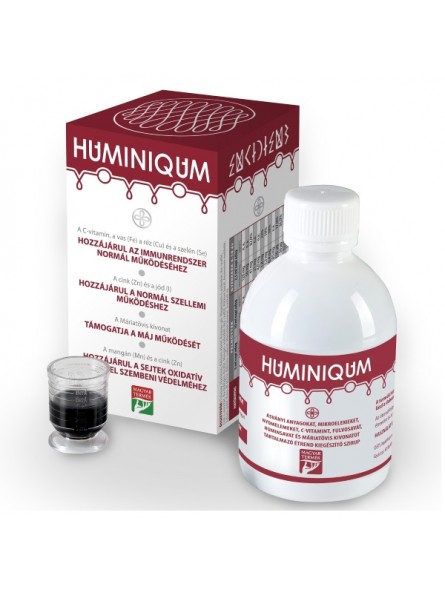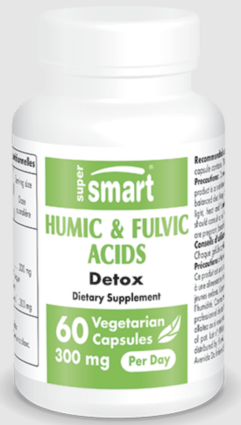LetalFantasy
Macatástrofe bicharraca
- Desde
- 2 Dic 2018
- Mensajes
- 31.398
- Reputación
- 92.374

Humic Acid Acts as a Natural Antidote of Graphene by Regulating Nanomaterial Translocation and Metabolic Fluxes in Vivo | Request PDF
Request PDF | Humic Acid Acts as a Natural Antidote of Graphene by Regulating Nanomaterial Translocation and Metabolic Fluxes in Vivo | Graphene-related research has intensified rapidly in a wide range of disciplines, but few studies have examined ecosystem risks, particularly... | Find, read...
¿Podría ser una solución al Sida Magnético?

Jarabe Huminiqum acidos humicos fulvicos en Herbolario
Descubre jarabe Huminiqum acidos humicos fulvicos, vitamina C, minerales y cardo mariano. Compralo en Herbolario de Confianza

SUPERSMART ACIDO HUMICO & FULVICO 150 MGRS 60 CAPS SUPERSMART
Al revisar los tratados de medicina ayurvédica, se puede leer que la asociación de estas dos sustancias tomadas en su estado natural se conoce desde hace más de 3.000 años. Su utilización tradicional se basa en sus propiedades como tónico potente y a...
Última edición:


